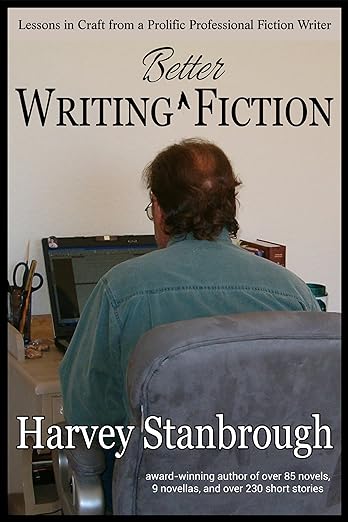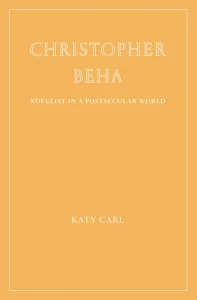
The entire spring issue of Cultivating Oaks is devoted to the theme of grace. Published are stories by Lancia Smith, Malcolm Guite, Annie Nardone, Junius Johnson, Adam Nettesheim, Amy Malskeit, Steven Garber, Corey Latta, Tom Darin Liskey, Nicole Howe, Amelia Freidline, Lara D’Entremont, and several others.
For me, reading a very familiar Bible story – the account of Joseph in the Book of Genesis – led me in an unexpected direction of grace. You can read the story, “Joseph and the Grace of Forgiveness,” at Cultivating Oaks Press.
Photograph by Michael Olsen via Unsplash. Used with permission.














